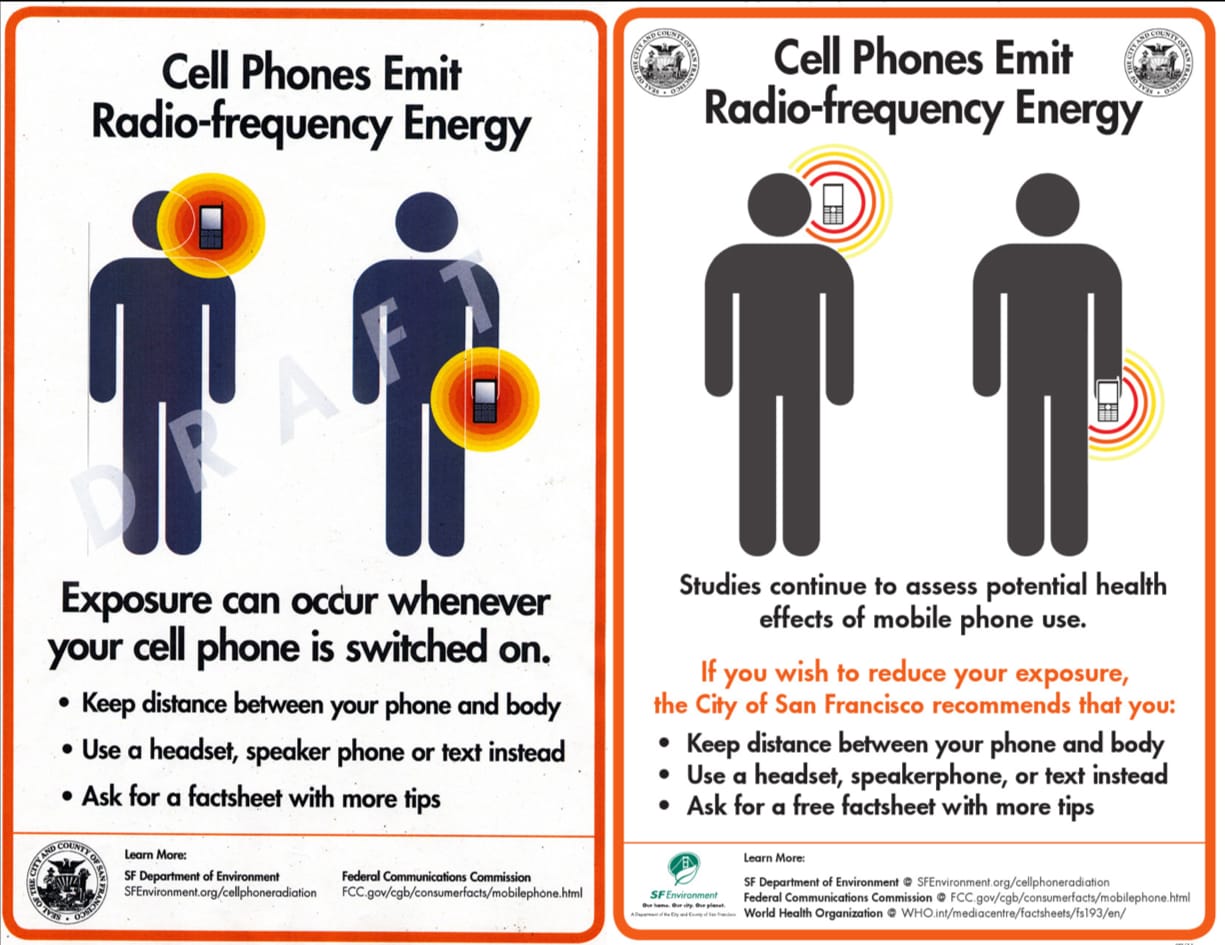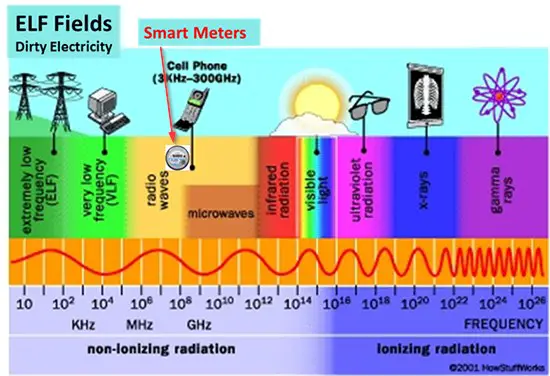Coinage, the process of manufacturing and using coins as a medium of exchange, offers several advantages and disadvantages in economic systems. One of the primary advantages is the convenience it provides in facilitating transactions. Coins are durable, portable, and easily recognizable, streamlining everyday exchanges and contributing to the efficiency of monetary transactions. Furthermore, coinage enhances the divisibility of currency, allowing for smaller denominations that can accommodate a wide range of transaction values. On the downside, the production and maintenance of coins incur costs for governments. Minting and distributing coins can be more expensive than producing paper currency, impacting overall economic resources. Additionally, the weight and bulkiness of coins can pose challenges for individuals in terms of carrying and storing wealth, especially in large amounts. Counterfeiting is another concern, albeit less prevalent with coins than with paper currency. In summary, coinage offers advantages such as convenience, durability, and divisibility in monetary transactions. However, it comes with disadvantages, including production costs, issues related to weight and bulk, and the potential for counterfeiting. Balancing these factors is crucial for designing an effective and efficient monetary system.
Advantages of Coinage
In the vast tapestry of human history, few innovations have played a more pivotal role than the introduction of coinage. The evolution from barter systems to standardized currency marked a significant turning point in the development of civilizations. As we delve into the annals of time, it becomes evident that coinage has bestowed upon societies a myriad of advantages, fostering economic growth, cultural exchange, and societal organization. In this comprehensive exploration, we will navigate through the top advantages of coinage, tracing its origins, and dissecting its impact on diverse facets of human life.
1. Origins of Coinage
To understand the advantages of coinage, it is essential to unravel its origins. The first known coins emerged in the ancient kingdom of Lydia, in present-day Turkey, around 600 BCE. These early coins were made from a mixture of gold and silver, signifying a departure from the cumbersome barter system that prevailed before. The advantages of coinage were immediately apparent, offering a standardized medium of exchange that transcended the limitations of barter.
2. Standardization and Portability
One of the paramount advantages of coinage lies in its standardization. Unlike barter systems where the value of goods and services was subjective and often led to disputes, coins provided a universally accepted unit of value. The standardization of coinage facilitated seamless transactions, enabling individuals and societies to engage in trade with confidence. Furthermore, the portability of coins amplified their utility. Unlike bulkier commodities used in barter, such as livestock or agricultural produce, coins were compact and easily transportable. This newfound portability not only simplified trade but also paved the way for long-distance commerce, fostering economic interactions on regional and international scales.
3. Economic Growth and Specialization
The advent of coinage catalyzed economic growth by promoting specialization and the division of labor. As trade flourished, individuals and communities could focus on producing goods or services in which they had a comparative advantage. This specialization fueled economic efficiency, contributing to increased productivity and the accumulation of wealth. The ability to accumulate and exchange coins incentivized innovation and entrepreneurship. Individuals were motivated to develop new skills and technologies, knowing that their efforts could be rewarded with a currency that held value across various transactions. This dynamic economic environment laid the foundation for the flourishing civilizations of antiquity.
4. Cultural Exchange and Globalization
Coins not only facilitated economic transactions but also played a pivotal role in cultural exchange. As coins circulated, they carried with them the imprints of the societies that minted them – from symbols and portraits to inscriptions of historical events. This exchange of currency became a conduit for the dissemination of cultural ideas, art, and ideologies. The Silk Road, for instance, stands as a testament to the role of coinage in fostering cultural exchange. As merchants traversed the vast network of trade routes, coins served as ambassadors of the civilizations they originated from, contributing to a rich tapestry of cultural diversity. The interconnectedness brought about by coinage laid the groundwork for the globalization we witness in the contemporary world.
5. Government Stability and Authority
The introduction of coinage played a pivotal role in establishing and consolidating governmental authority. The ability to mint coins granted rulers a tangible symbol of their power and legitimacy. Coins often bore the image of the reigning monarch, emphasizing the connection between the ruler and the currency. Additionally, the standardization of coinage provided a mechanism for governments to regulate and control their economies. By issuing coins of consistent value and metal content, rulers could instill confidence in their currency, mitigating the risks of inflation and economic instability. The establishment of stable currencies contributed to the overall stability and longevity of governments.
6. Wealth Preservation and Storage
Coins served not only as a medium of exchange but also as a store of value. In a world where economic systems were often volatile, the intrinsic value of precious metals in coins provided a hedge against inflation and economic downturns. Individuals could store their wealth in the form of coins, ensuring its preservation over time. This function of coins as a store of value also facilitated intergenerational wealth transfer. Families could pass down wealth in the form of coins, ensuring the financial security of future generations. This aspect of coinage contributed to the establishment of financial legacies and the perpetuation of familial prosperity.
7. Development of Banking and Financial Systems
The advent of coinage laid the groundwork for the development of banking and financial systems. As trade and economic activities expanded, the need for secure storage and management of coins became apparent. Early banking institutions emerged to provide services such as coin storage, lending, and currency exchange. The rise of banking institutions further streamlined economic transactions, providing a framework for loans, investments, and the creation of credit. This financial infrastructure became crucial for funding large-scale projects, such as infrastructure development, trade expeditions, and military campaigns. The symbiotic relationship between coinage and banking systems became a driving force behind economic progress.
8. Technological Advancements and Coinage
The production of coins spurred technological advancements in metallurgy and minting processes. As societies sought to enhance the durability, security, and aesthetic appeal of their coins, innovations in metalworking and engraving flourished. The quest for more efficient coin production methods led to the development of coin presses, significantly increasing the speed and precision of minting. Furthermore, the demand for coins and the desire to prevent counterfeiting prompted the exploration of new materials and techniques. Alloy compositions were refined, and intricate designs were implemented to deter counterfeiters. These technological advancements not only improved the quality of coins but also contributed to the broader progress of metallurgy and manufacturing.
9. Symbolism and Identity
Coins have consistently served as symbols of national identity and pride. The images and inscriptions on coins often reflect the cultural, political, and historical narratives of a society. The design of coins became a powerful tool for rulers to communicate their values, achievements, and aspirations to the public. The symbolic value of coins extended beyond national identity to encompass religious and cultural significance. Many ancient coins featured depictions of deities, religious symbols, or iconic landmarks, emphasizing the intertwining of economic and spiritual aspects of society. The incorporation of symbolism on coins added a layer of meaning to the monetary system, transcending its utilitarian function.
10. Facilitating Trade and Commerce
One of the foremost advantages of coinage is its ability to facilitate trade and commerce. Unlike barter systems, where the exchange of goods was subject to the double coincidence of wants, coins allowed for a more seamless and efficient trading experience. With a standardized unit of value, buyers and sellers could easily transact, leading to increased economic activity and the development of markets.
11. Inflation Hedge
Coins, often minted from precious metals like gold or silver, have historically served as a hedge against inflation. The intrinsic value of the metal itself provides a safeguard against the erosion of purchasing power over time. This feature makes coins a preferred choice for those seeking a stable store of value, particularly in times of economic uncertainty.
12. Counterfeiting Deterrence
The physical nature of coins, coupled with intricate designs and security features, makes them inherently resistant to counterfeiting. The distinct characteristics of each coin, including size, weight, and metallic composition, contribute to their authenticity. This inherent security feature enhances trust in the currency, reducing the risk of fraudulent activities within the monetary system.
13. Challenges and Criticisms
While the advantages of coinage are myriad, it is essential to acknowledge the challenges and criticisms associated with this form of currency. Counterfeiting, fluctuating metal prices, and the potential for hoarding are among the issues that have historically plagued coinage systems. Additionally, the transition from commodity money to fiat currency in the modern era has introduced new complexities and debates surrounding the role of coins in contemporary economies.
As we navigate the intricate tapestry of history, the advantages of coinage emerge as a linchpin in the progression of human societies. From its humble origins in ancient Lydia to the sophisticated financial systems of the present day, coinage has been a constant companion in the journey of civilization. Its role in shaping economies, fostering cultural exchange, and establishing societal structures is unparalleled. The evolution of coinage reflects not only the economic dynamics of different eras but also the aspirations and values of the civilizations that embraced it. As we marvel at the enduring legacy of coins, it becomes evident that these small, metallic discs are not merely tokens of exchange but tangible manifestations of the intricate dance between economics, culture, and human progress. In the grand mosaic of history, the advantages of coinage shimmer as enduring beacons, guiding the way for future generations.
Disadvantages of Coinage
Coinage has been an integral part of human history, serving as a medium of exchange for centuries. From ancient civilizations to modern economies, coins have played a crucial role in facilitating transactions. However, like any system, coinage is not without its drawbacks. In this article, we will delve into the disadvantages of coinage, exploring the challenges and issues associated with the use of physical currency in today’s world.
1. Cost of Production and Materials
One of the significant disadvantages of coinage is the cost associated with producing and minting coins. Unlike paper currency, which can be produced at a relatively low cost, coins require specific materials such as metals (copper, nickel, zinc) that can be expensive. The minting process involves intricate designs, stamping, and distribution, all of which contribute to the overall cost. This cost burden is often passed on to the government and, ultimately, the taxpayers.
2. Limited Denominations
Coins come in fixed denominations, making it challenging to adapt to the changing economic landscape. In a world where inflation and deflation are constant factors, the limited range of coin denominations can be a significant disadvantage. This inflexibility can lead to difficulties in making small transactions or adjusting to economic shifts effectively.
3. Bulky and Heavy
Unlike digital currency or even paper money, coins are physically bulky and heavy. Carrying a significant amount of coins can be inconvenient, especially in an age where people are increasingly opting for digital and card-based transactions. The weight and space occupied by coins make them less practical for everyday transactions, impacting the overall convenience of using physical currency.
4. Counterfeiting
Counterfeiting is a persistent issue in the world of currency, and coins are not immune to this problem. While modern minting techniques have advanced to include intricate security features, the risk of counterfeit coins still exists. Counterfeiting not only undermines the value of genuine coins but also erodes public trust in the currency system.
5. Lack of Privacy
Physical currency transactions, including those involving coins, leave a tangible trail of financial activities. In an era where concerns about privacy and data security are at the forefront, the use of coins can be seen as a potential threat to financial privacy. Unlike digital transactions that can be more discreet, physical currency exchanges may be subject to surveillance and monitoring.
6. Environmental Impact
The production of coins requires the extraction and processing of metals, contributing to environmental degradation. Mining activities for metals like copper and nickel can result in habitat destruction, soil contamination, and other adverse environmental effects. Additionally, the disposal of worn-out or damaged coins poses challenges for recycling and waste management.
7. Difficulty in Transaction Tracking
Unlike digital transactions that leave a digital trail, coins make it challenging to track financial transactions accurately. This lack of transparency can be exploited for illicit activities such as tax evasion or money laundering. In a world where financial accountability is increasingly emphasized, the difficulty in tracking coin transactions becomes a notable disadvantage. While coinage has a rich history and has served as a fundamental aspect of trade and commerce, it’s crucial to recognize and address its disadvantages. The cost of production, limited denominations, inconvenience in handling, counterfeiting risks, privacy concerns, environmental impact, and challenges in transaction tracking all contribute to the growing debate about the relevance of physical currency in today’s evolving financial landscape. As we navigate the future of currency, it’s essential to weigh the pros and cons, seeking innovative solutions that balance tradition with the demands of a modern, dynamic economy.
Conclusion
Coinage presents a range of advantages and disadvantages that have shaped its historical significance and contemporary relevance. On the positive side, coins serve as tangible and durable representations of currency, fostering ease of transaction and promoting financial stability. Their physical nature also aids in preventing counterfeiting, contributing to the overall security of a monetary system. Additionally, coins often bear cultural and historical symbols, enhancing their value beyond mere economic transactions. However, coinage comes with its set of drawbacks. The cost of production and distribution can be relatively high, impacting the overall efficiency of a currency system. Furthermore, the weight and bulk of coins can pose logistical challenges for both individuals and financial institutions. In the age of digital transactions, the physicality of coins may seem increasingly outdated, with electronic forms of payment gaining prominence. Despite these disadvantages, the coexistence of coins alongside other forms of currency highlights the nuanced role they play in economies worldwide. Ultimately, the future of coinage hinges on a delicate balance between tradition and th







Leave a Reply